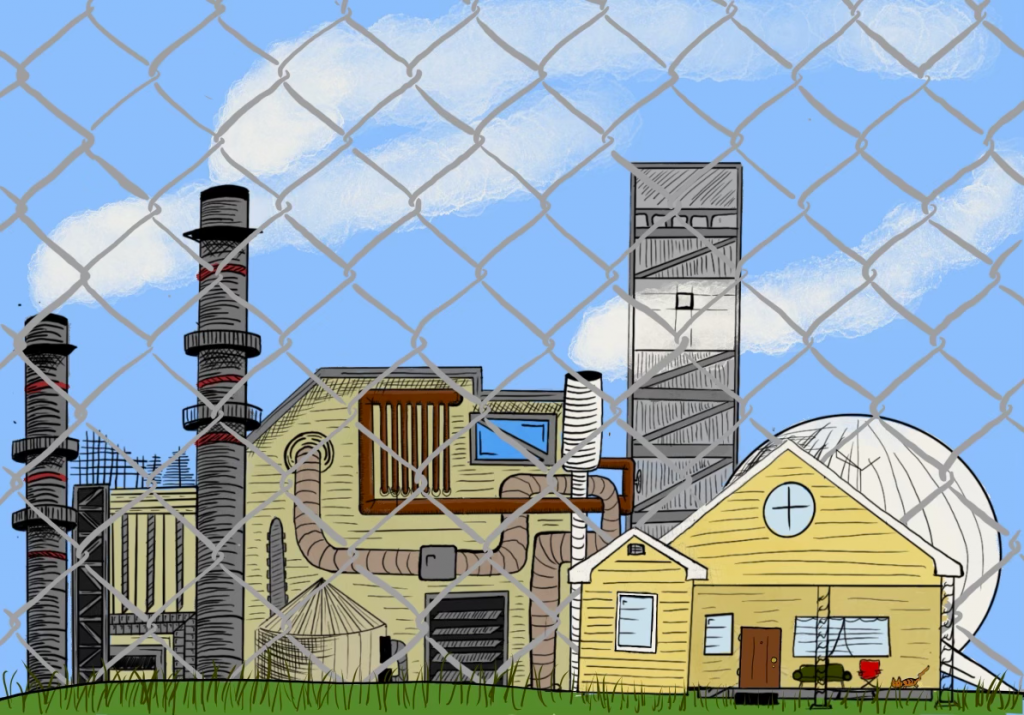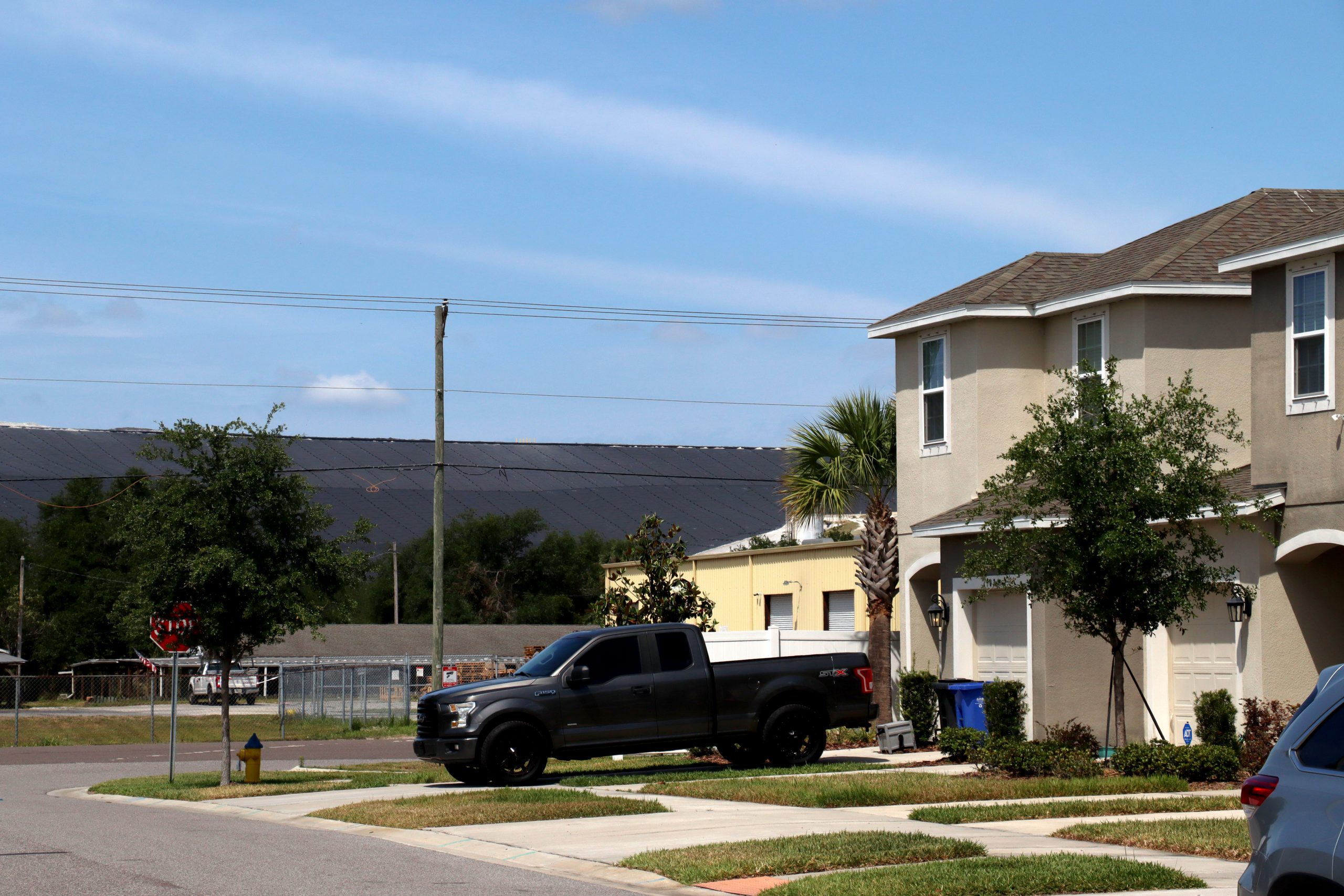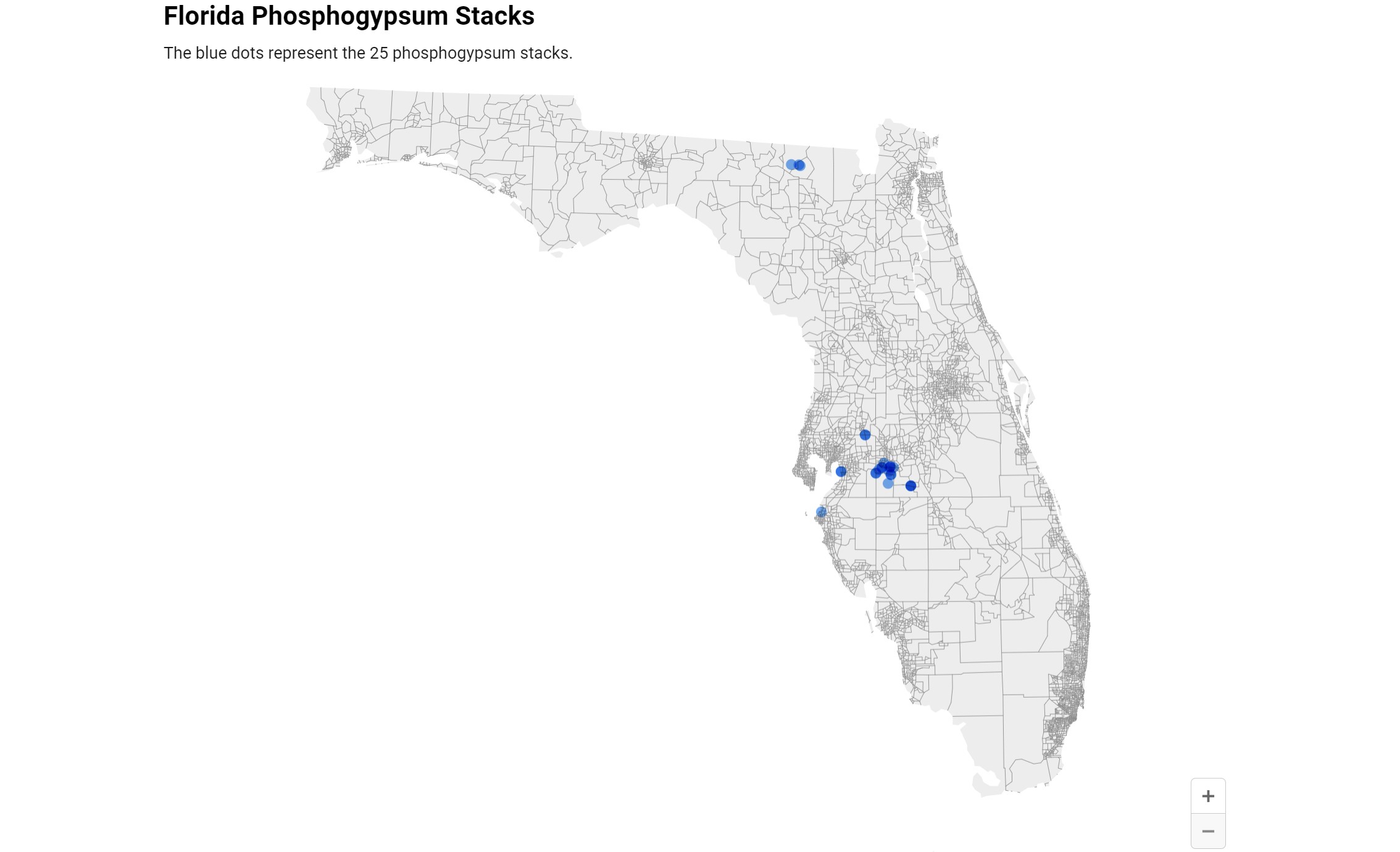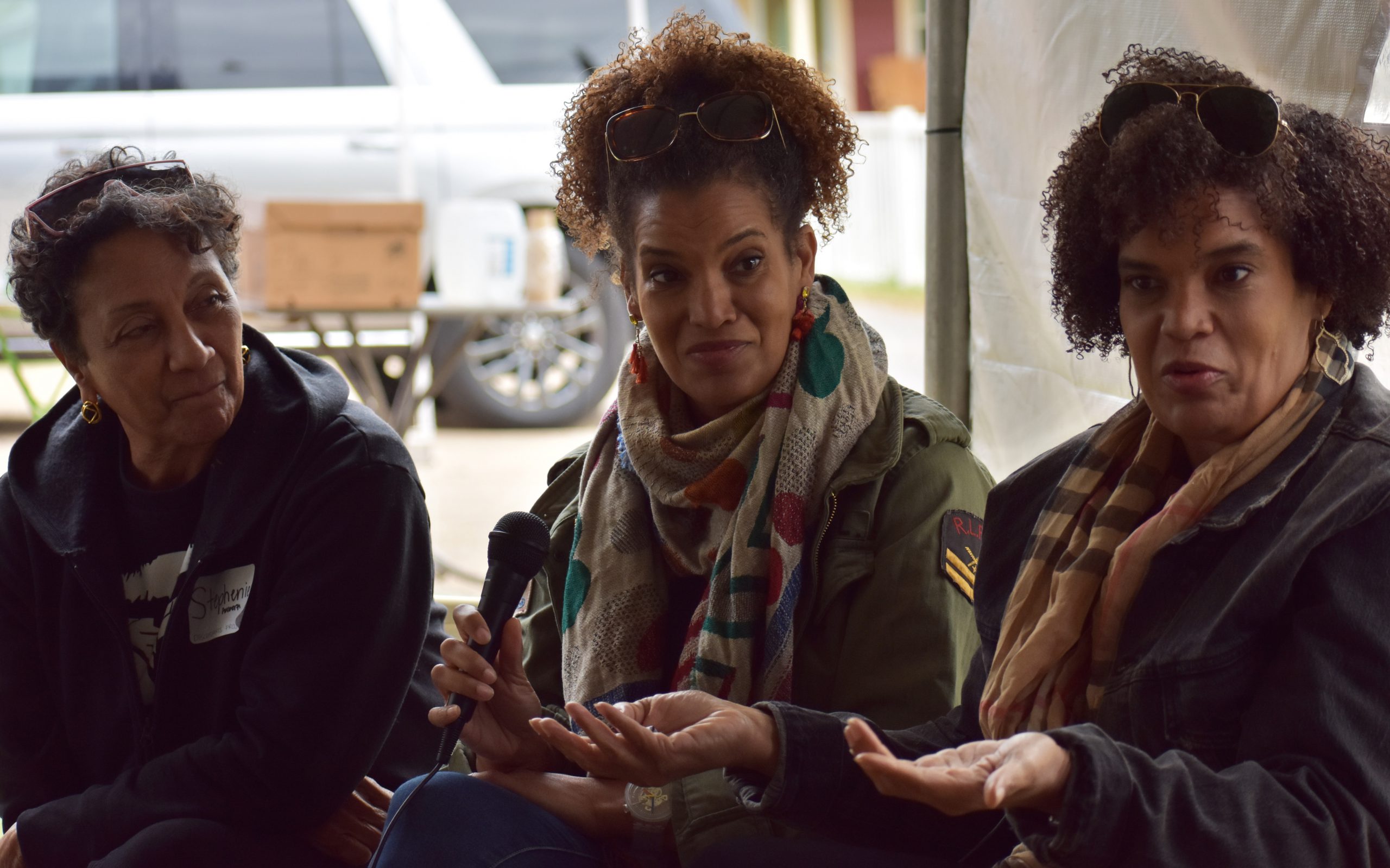
Part II: Justice
Citizens who live in the shadow of phosphorus and nitrogen chemical operations carry the industrial burden of fertilizer for an entire nation.
When the Storm Hits
From Florida’s phosphate operations to Louisiana’s fence-line communities, are the nation’s fertilizer plants, mines and phosphogypsum stacks safe from worsening hurricanes and extreme rains?

In the Shadow of Phosphate
Florida is home to a majority of the nation’s phosphate mining for fertilizer production. Who lives near these sites?

Living in the ‘Sacrifice Zone’
Along one section of the Mississippi River, three massive fertilizer plants contribute to Louisiana’s industrial pollution. Residents near the plants live with the risk of industrial incidents, accidents and the greater pollution burden borne by residents of the region.

Explore Part III: Water & Land »
These stories are part of The Price of Plenty, a special project investigating fertilizer from the University of Florida College of Journalism and Communications and the University of Missouri School of Journalism, supported by the Pulitzer Center’s nationwide Connected Coastlines reporting initiative.
 The Price of Plenty
The Price of Plenty